With its atmospheric setting on the ancient, wild moorland and its eponymous savage apparition, The Hound of the Baskervilles is one of the greatest crime novels ever written. Rationalism is pitted against the supernatural, good against evil, as the great detective Sherlock Holmes seeks to defeat a foe almost his equal. The hound of the title is a symbol of the mystery that unleashes the plot, the dark secrets of the moor, and of the ancestral curse that must be explained away. But what is the origin of the hound? Sir Arthur Conan Doyle’s friend, the crime writer Max Pemberton, reckoned that the inspiration for the hound came from the Black Shuck of East Anglian lore, while one editor of the Strand magazine likened the creature to the phantom boar-hound of Hergest Ridge on the Welsh Borders. Others have opted for a whole pack of spectral hounds – the wisht hounds that hunted the evil 17th century squire Richard Cabell to his doom at Buckfastleigh on the edge of Dartmoor each Midsummer ‘s Eve. Certainly there is no shortage of tales of ghostly black dogs and demonic hounds in the folklore, myths and legends of the British Isles that might have led Doyle to write this novel.
However, while the folklore of the British Isles is littered with legends of ghost dogs and spectral hounds, The Hound of the Baskervilles (click to read!) does not correspond exactly with any single mythological creature and is more likely to be a hotpotch of several. It should also be noted that the Holmes stories are full of dogs. The great detective – it was revealed in The ‘Gloria Scott’ – was bitten by one when he was at university, while in The Sign of Four Holmes says of his bloodhound Toby, “I would rather have (his) help than that of the whole detective force of London”. No other dog in the stories, though, has the charisma and sheer nastiness of the hound of the Baskervilles and, indeed, the story is the most filmed, best loved, most popular and most horrific of all the adventures of Sherlock Holmes. When it was first published in August 1901 the Strand magazine, for the one and only time in its history, went into seven printings and there were queues around the block outside its offices. This was, after all, the most eagerly anticipated of all Doyle’s writings, given that he had killed off his great detective in the Reichenbach Falls with The Final Problem nearly eight years before. However, Holmes might not have returned at all had it not been for an idea that came to Doyle on a golfing holiday in Norfolk in the spring of 1901.
In his memoirs, Doyle recorded that one afternoon during this trip he had a long conversation with a young journalist named Bertram Fletcher Robinson, who mentioned the legend of a ferocious black dog that haunted the countryside. We do not know whether this beast was the local Black Shuck, or perhaps a version of a legend from around Robinson’s family home on the edge of Dartmoor. The fact that Doyle arranged to go on a walking tour of Dartmoor a month later would seem to indicate it was the latter. Either way, Doyle was instantly fired up by this old country legend, for he had a lifelong interest in the supernatural and had begun a long flirtation with spiritualism in the 1880s. In the novel he makes Dartmoor a place of mystery, which has defeated the successive attempts of human beings to civilise and tame it. He may also have been partly inspired by the Reverend Sabine Baring-Gould’s Book of Dartmoor, with its descriptions of quaking bogs and neolithic stone huts, escaped convicts stumbling around the moor and legends dating from the time of the great Rebellion – all of which closely resemble elements of Doyle’s novel. The image of Dartmoor in The Hound of the Baskervilles is so strong, in fact, that to this day it still colours public perceptions of the region. Thanks to Doyle’s novel, in the collective imagination the moors of Devonshire are a primeval wilderness, a never-land of mist, legend and antiquity, forever haunted by the grim shadow of a gigantic hound.




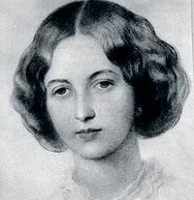
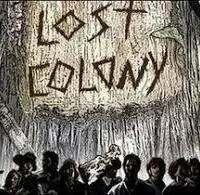

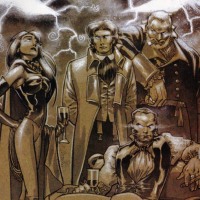
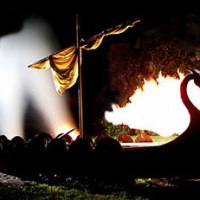





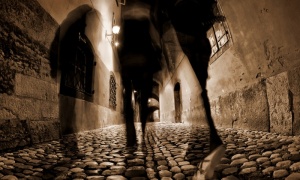


Excellent! I love the story. Met a tremedously large hound in Exmoor. It had no evil intentions but it filled the snug in the pub and if I wanted to murder a Baskerville I’d choose it as my accomplice. The landlord pulled a good pint, there was chat and banter and it was claimed that Conan Doyle had visited the establisment and seen the hound’s ancestor and been inspired. Probably nonsense.
Reblogged this on Charles's Weblog and commented:
Another good article by Anil Balan on his Ghostcities Blog